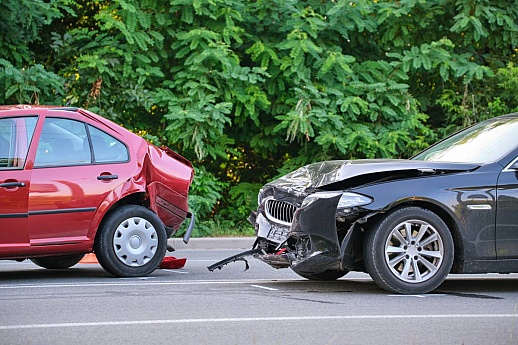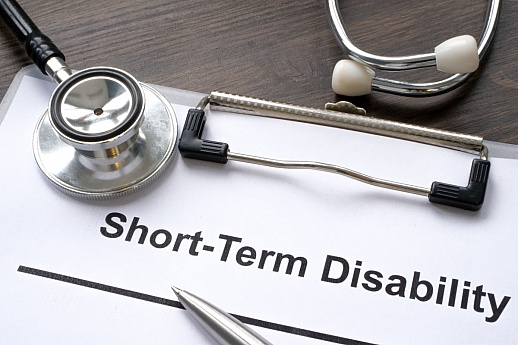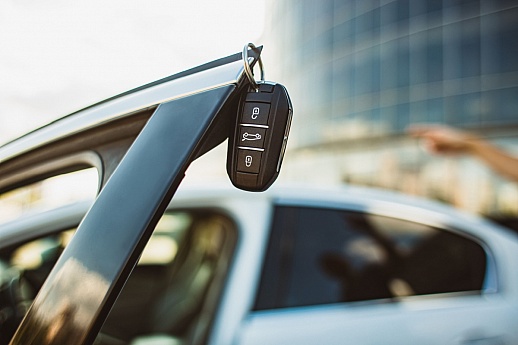Temporary Car Insurance: Why and When Short-Term Coverage Makes Sense
“When you have insurance, you know that you are secured against any unforeseen events in life, and this gives you complete peace of mind.” Insurance company Iffco Tokio.
What is temporary car insurance? For example, can you get daily car insurance? Temporary auto insurance provides coverage for a short period and is for motorists who don’t drive regularly or don’t need a long-term auto insurance policy.
Unfortunately, not all insurers provide short-term car insurance. But that’s only part of the story. Let’s dig deeper into “how does temporary car insurance work?” and “how to get short-term car insurance”.
What Is Short-Term Car Insurance?
Short-term coverage protects your vehicle for a shorter period than the typical one-year policy period. In most cases, the shortest coverage option is for six months, and most insurers do not offer a policy for a shorter time frame.
Your short-term policy may cover the following:
- Loss, theft, fire, or vandalism
- Property damage, bodily injury, or death
- Medical expenses
While temporary coverage may not be suitable for everyone, it can be beneficial for the following reasons:
- If you no longer have a vehicle and occasionally borrow a friend’s or family member’s car
- If you do not drive every day or regularly
- If you are renting a car while traveling
Most motorists opt for temporary coverage because short-term auto insurance may be more affordable. The average full coverage policy costs around $2,014, coming to around $167 per month. Conversely, according to MoneyGeek, a short-term policy could cost $51 per month.
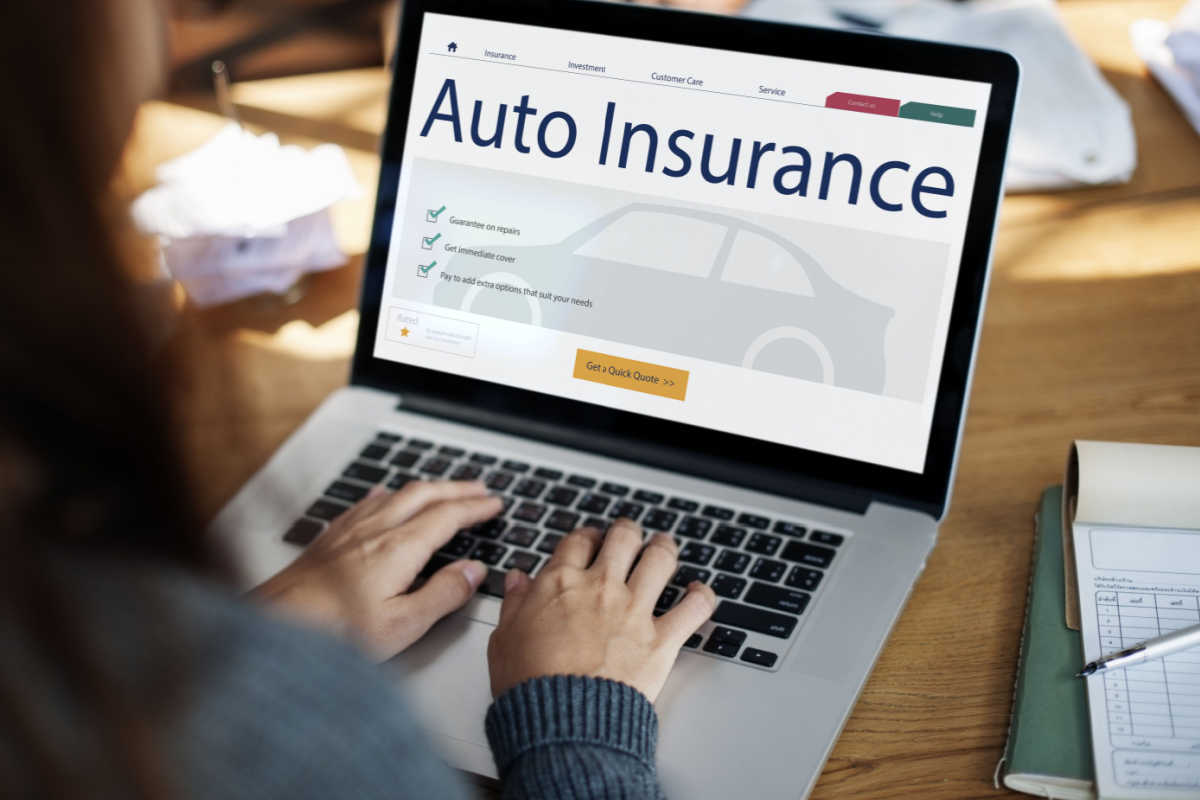
However, consider the drawbacks of short-term auto insurance before you make the switch. Some insurers may charge a flat fee of less than $100 or a short-rate fee for canceling auto insurance early. Namely, insurers apply the following penalties:
- A 15% short rate for canceling a 12-month policy after nine months
- A 10% short rate for canceling a six-month policy after four months
Additional drawbacks include the following:
- Most insurers don’t sell short-term coverage.
- Most insurers charge a down payment (e.g., $40) worth 30 to 45 days of the total premium. If you cancel your policy after five days, you may not receive your entire down payment.
- Temporary auto insurance may not go into effect immediately, as some insurers may require a waiting period. This may be the case if you are switching from one provider to another company.
Temporary Car Insurance Costs and Rates by State
MoneyGeek calculated temporary policy costs in each state. Here’s the table including average one-month and three-month policy costs:
|
State |
Estimate One-Month Premium |
Estimated Three-Month Premium |
|---|---|---|
|
Alabama |
$102 |
$305 |
|
Alaska |
$82 |
$246 |
|
Arizona |
$107 |
$321 |
|
Arkansas |
$99 |
$297 |
|
California |
$119 |
$357 |
|
Colorado |
$121 |
$362 |
|
Connecticut |
$120 |
$360 |
|
Delaware |
$124 |
$371 |
|
Florida |
$184 |
$552 |
|
Georgia |
$137 |
$410 |
|
Hawaii |
$89 |
$267 |
|
Idaho |
$62 |
$186 |
|
Illinois |
$95 |
$284 |
|
Indiana |
$60 |
$181 |
|
Iowa |
$65 |
$195 |
|
Kansas |
$78 |
$233 |
|
Kentucky |
$117 |
$351 |
|
Louisiana |
$253 |
$760 |
|
Maine |
$51 |
$152 |
|
Maryland |
$177 |
$532 |
|
Massachusetts |
$93 |
$278 |
|
Michigan |
$361 |
$1,083 |
|
Minnesota |
$100 |
$300 |
|
Mississippi |
$93 |
$278 |
|
Missouri |
$109 |
$326 |
|
Montana |
$101 |
$304 |
|
Nebraska |
$77 |
$231 |
|
Nevada |
$158 |
$475 |
|
New Hampshire |
$65 |
$195 |
|
New Jersey |
$139 |
$418 |
|
New Mexico |
$94 |
$283 |
|
New York |
$286 |
$858 |
|
North Carolina |
$70 |
$210 |
|
North Dakota |
$62 |
$186 |
|
Ohio |
$67 |
$201 |
|
Oklahoma |
$108 |
$325 |
|
Oregon |
$98 |
$295 |
|
Pennsylvania |
$151 |
$454 |
|
Rhode Island |
$152 |
$455 |
|
South Carolina |
$95 |
$285 |
|
South Dakota |
$68 |
$204 |
|
Tennessee |
$85 |
$255 |
|
Texas |
$110 |
$329 |
|
Utah |
$96 |
$289 |
|
Vermont |
$68 |
$203 |
|
Virginia |
$66 |
$198 |
|
Washington |
$105 |
$316 |
|
Washington D.C. |
$100 |
$301 |
|
West Virginia |
$85 |
$254 |
|
Wisconsin |
$78 |
$233 |
|
Wyoming |
$71 |
$213 |
What Affects My Temporary Car Insurance Rate?
Regardless of the length of your policy, keep in mind that your premium will be affected by several factors, including your age, location, driving history, credit score, and type of coverage.
Typically, insurers charge higher premiums for younger and older drivers. This is because insurance companies consider both groups a higher risk for at-fault accidents. Unfortunately, they may charge more to cover these potential risks.
Next, the insurance company will consider the state you are seeking coverage in when determining your rate. Every state has different minimum coverage requirements, and they set the rates accordingly. For instance, states with higher traffic congestion, claims, natural disasters, and crime typically have higher car insurance rates.
Your driving history will significantly affect your short and long-term policy rates. The more at-fault accidents and serious violations, such as reckless driving and DUIs, you have, the more likely your policy will increase.
In addition to your driving record, insurers will also check your credit score and base their insurance quotes on it. Some providers correlate credit score with the likelihood you are to file a claim. As such, damaged credit drivers may face higher premiums.

Finally, your car insurance rate largely depends on the type of coverage you obtain – minimum or full coverage. Every state requires minimum coverage. This includes property damage and bodily injury liability. If you are at fault for the accident, minimum coverage will cover the cost of damage to the other driver and their vehicle.
However, you can opt for additional protection with a full coverage option. For instance, you can obtain collision coverage to cover the cost of damage to your vehicle, regardless of who is at fault for the accident. Similarly, you can obtain medical coverage for yourself and your passengers. You may also want to look into comprehensive coverage, which protects against theft, natural disasters, and vandalism.
Even if you opt for a short-term policy, your premium could be higher than the average based on your personal and driving factors.
How to Get Short-Term Car Insurance
Before committing to a short-term car insurance policy with a specific provider, shop around to make sure you’re getting a deal that’s right for you. Consider the following factors:
- Early cancellation fees: You can choose to sign up for a full coverage option and cancel the policy at a later date. However, make sure you understand the provider’s early termination penalties. Also, check whether your policy will be canceled immediately. In some cases, providers will need a 30-day notice.
- Discounts: Many insurance providers will offer rebates for maintaining a safe driving record, equipping extra safety features to your car, attending good driver courses, or avoiding collisions. Check to see which insurers provide these perks and whether you qualify.
- Add-on service: If you prefer additional coverage and benefits, ensure your prospective provider offers roadside assistance.
- Service ratings: Aside from the policy itself, customer service and claim management matter. Third-party rating sites like J.D. Power and the Better Business Bureau collect and rank insurance providers based on reviews from current and past policyholders. This can provide insight into the customer experience, how fast claims are addressed, and the quality of service.
To make the search for short-term car insurance easier, you can utilize online comparison sites for free. You can input your personal and driving information and receive quotes that fit your parameters. As a result, you can compare insurance providers side-by-side to ensure they’re offering coverage options, services, and discounts that meet your needs.
Other Options People Choose When Needing a Shorter Term Car Insurance
If a six-month policy is not right for you, consider the following alternatives. Keep in mind that many of these short-term coverage options are only temporary and should not be used as a permanent replacement to full coverage car insurance.
Rental Car Insurance
If you travel often and rent vehicles, you can forgo full coverage for rental car coverage. With rental car coverage, your rental vehicle will be covered for the duration of your trip. However, keep in mind that this is only a temporary option during travel.
Remember that the rental option won’t cover damages you’ve sustained after they’ve already occurred. Also, only the person named on the policy can drive the rental car.
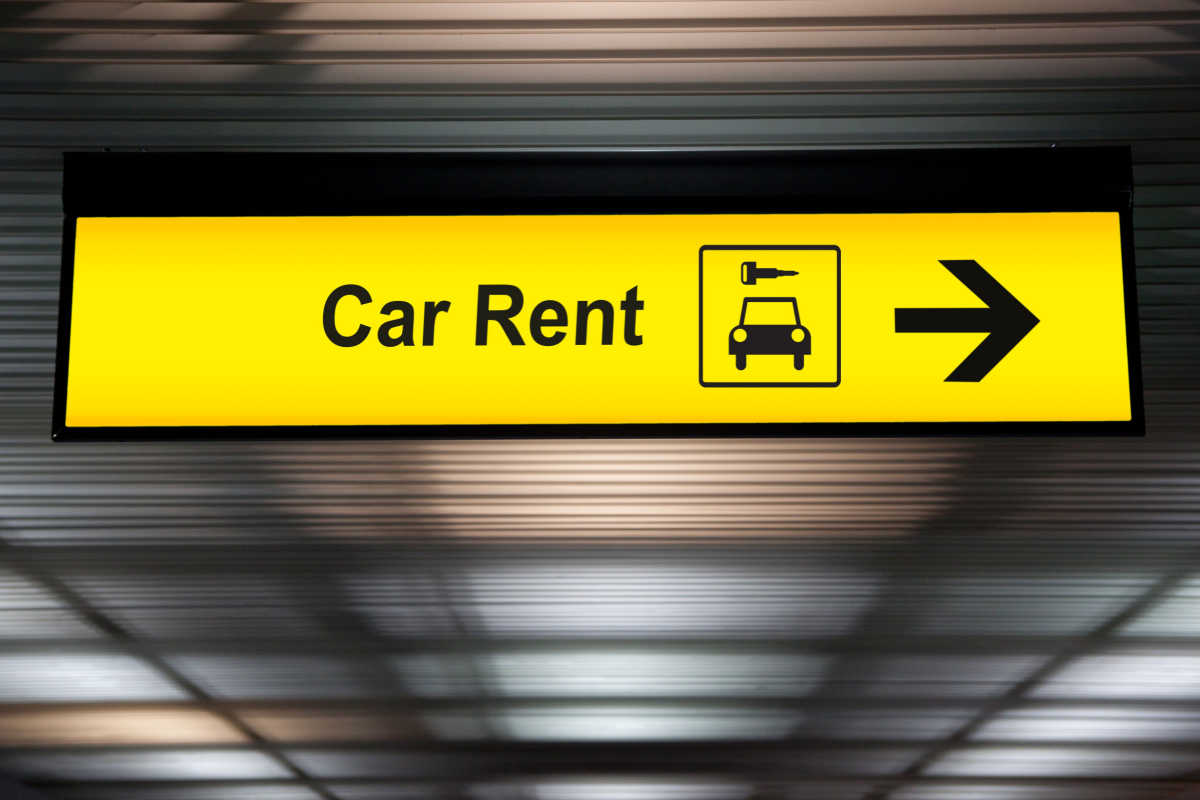
You can obtain this type of coverage through the rental company you rent the vehicle from. However, you may also be able to get rental car coverage through your credit card provider. For instance, the Platinum Card® from American Express and the Capital One Venture X Rewards Credit Card can provide coverage when you use the card for your car rental.
Non-Owner Car Insurance
Do you frequently borrow or use a car you don’t own? If yes, consider temporary non-owner car coverage, also called non-owners or non-drivers insurance. It provides liability coverage for those who don’t own a car but regularly drive a borrowed or rented one.
Specifically, non-owner coverage is an individual policy that covers the driver only. Non-owner insurance doesn’t cover the car and doesn’t replace the vehicle owner's policy. Therefore, the vehicle’s owner will need to have minimum coverage.
In an accident, the owner's coverage will kick in first. And if the owner's policy doesn't cover all the damages, the non-owner policy will kick in.
Unfortunately, a non-owner policy usually serves as secondary coverage. As a result, it helps drivers only when the car owner’s primary policy isn’t sufficient to cover damages.
According to Forbes, non-owner car insurance costs around $748 annually as of January 2023.
Pay-Per-Mile Insurance
If you don’t drive a lot, consider pay-per-mile temporary car insurance, which charges based on how many miles you drive. You’ll be charged a fixed monthly base rate plus a monthly mileage rate, which can change based on the miles you drive each month.
Some insurers install a device in your car’s diagnostic port or an app on your phone to track your mileage. Others may ask you to take a photo of your odometer regularly. However, be aware that not all insurers provide pay-per-mile insurance.
For instance, assume your monthly base rate is $34, and the per-mile rate is five cents. If you generally drive 800 miles per month, your monthly car insurance premium will be $34 + (.05 X 800) = ($34 + $40) = $74.
So, this is an insurance option to help you control your monthly bill based on how much you drive. And pay-per-mile insurance allows you to enjoy the same coverage types as traditional car insurance. Moreover, this type of coverage helps drivers save money.
Permissive Use
Permissive use coverage may come with full coverage policies since it is not a separate type of policy. Permissive use may cover you if you aren’t listed on the car owner’s insurance policy but have permission to drive their car. If there is vehicle-related damage, the car owner’s policy may cover it.
However, not all car insurers offer permissive use car coverage. Permissive use may be included in some traditional coverage options for one-off instances where a non-listed driver uses another person's vehicle. If it becomes a regular occurrence, then policyholders should add drivers to their policy.
Keep in mind that permissive use is not meant to be used as a long-term coverage option. Instead, it is a temporary option that should only be used in emergency situations.
Join an Existing Policy
If you live with the car owner and drive their car regularly, you can be added to this person's car insurance policy. If you are added to the primary policyholder’s insurance plan, you will receive the same coverage. However, keep in mind that the rates will likely increase if you are added as a driver.
Unfortunately, not everyone can join an existing policy. Most insurers require the individuals to be family members who are living together. As such, this may be a good option for student drivers.
As a rule, drivers can be added to a policy by calling the insurer or providing information online. Specifically, insurers require the following information:
- Name of new driver
- Date of birth
- Address
- Social Security number (SSN)
- Driver’s license number
After the insurer has received the information about the driver, it’ll update the car owner’s policy and provide a new premium.
Get Storage Coverage
If you have a vehicle but don’t drive it, you will still need to obtain coverage for the stored car. Storage coverage covers a car that is stored away or parked. It provides the minimum coverage and may be another short-term coverage option.

Storage coverage covers damages that could occur to your parked vehicle because of theft, vandalism, and weather.
Namely, comprehensive-only may cover the following:
- Falling objects
- Fire
- Lightening
- Wind
- Smoke
- Theft
- Vandalism
- Damage caused by snow or ice
It will likely not include collision coverage or liability insurance. So, if someone sideswipes your parked car, then the insurance will not cover the damages.
If your state laws allow, you can switch to storage coverage if you’re going on an extended trip and will store your car for that period.
Usually, insurers require cars to be in storage for a minimum of 30 days to qualify for storage coverage. Remember that storage coverage applies to vehicles that are owned. So, you can’t drop your coverage to "storage" or "non-use" for leased or financed vehicles.
Bottom Line
Let’s recap! Insurers may advertise car insurance for a day as temporary car insurance. However, this may not be possible. Most reputable car insurance providers may only offer a six-month short-term policy.
If you’re looking for temporary car insurance, you may be able to cancel your policy early. If not, you can opt for pay-per-mile insurance or add yourself to an existing policy if you qualify.
Temporary Car Insurance FAQ
Can you get month-to-month car insurance?
Most reputable insurance companies do not offer coverage for less than six months, so signing up for month-to-month car insurance is not advised.
Can you get one-day car insurance?
Typically, insurers don’t provide car insurance for one day. Instead, they offer temporary coverage for a minimum period of six months. So, insurers who advertise one-day coverage are likely to be a scam.
When would you need temporary auto coverage?
- You're a college student driving during the summer holidays.
- You'll be traveling abroad and need a car for a short period.
- You'll be staying with a family member or friend and driving their car.
- You drive your car seasonally.
- You’ve purchased a car that you're going to resell soon.
- You’re renting a car.
- You’re learning to drive a car.
Sources
- Bankrate. “Average cost of car insurance in December 2023.” Accessed Aug. 8, 2023.
- Forbes. “What Is Non-Owner Car Insurance And Who Needs It?” Accessed Aug. 8, 2023.
- Confused.com. “Named Driver Insurance - Adding Other Drivers to Your Car Insurance Policy.” Accessed Aug. 8, 2023.
- Car and Driver. “Does Credit Score Affect Car Insurance?” Accessed Aug. 8, 2023.

